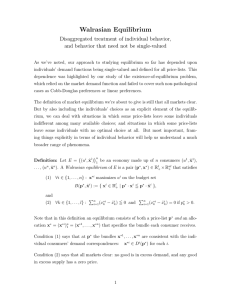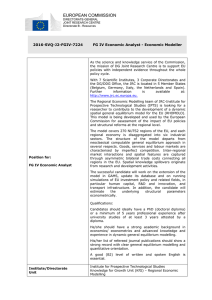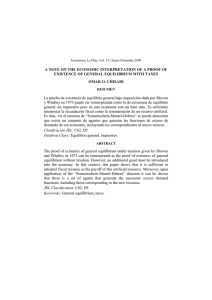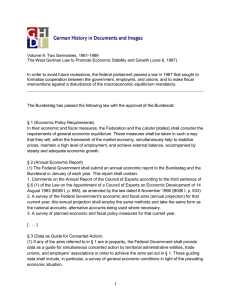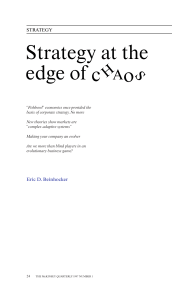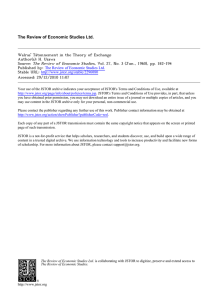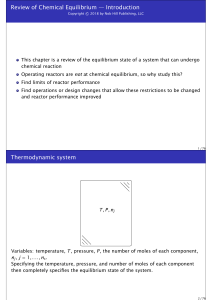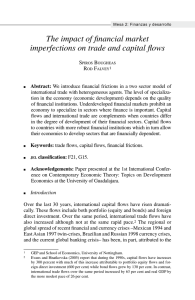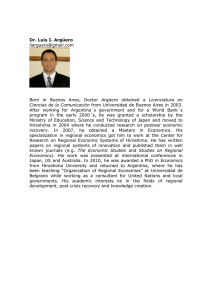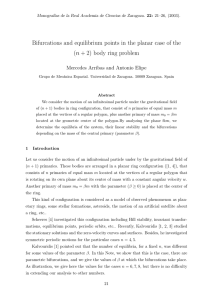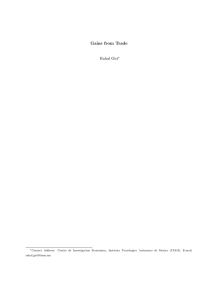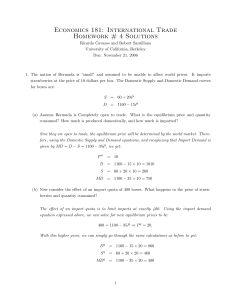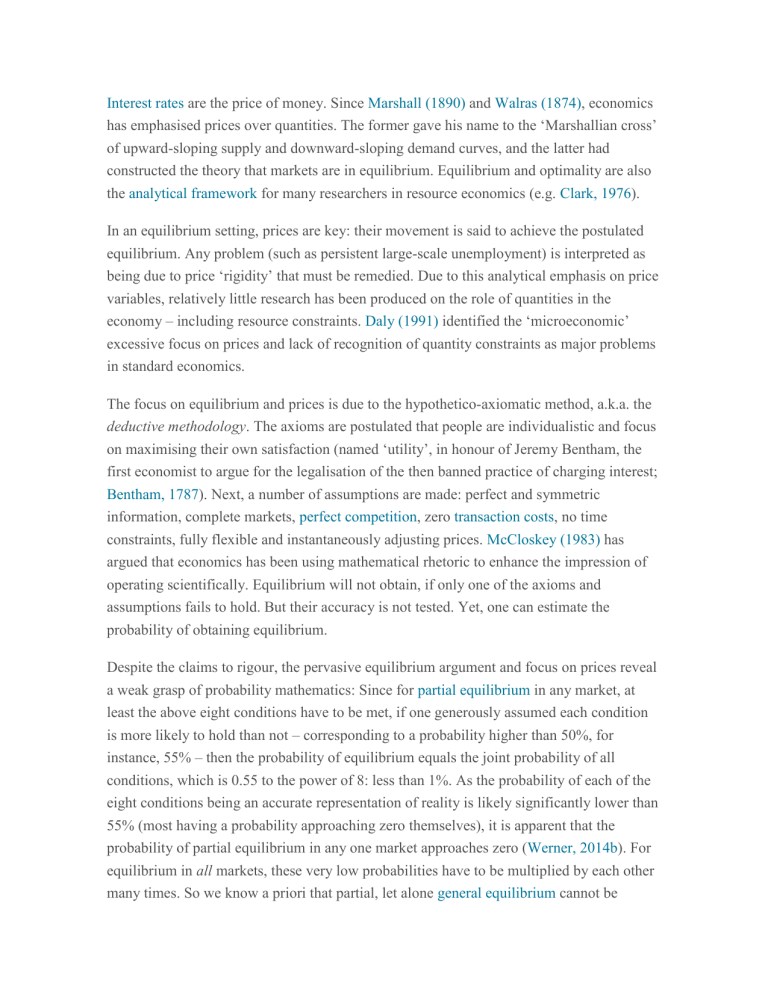
Interest rates are the price of money. Since Marshall (1890) and Walras (1874), economics has emphasised prices over quantities. The former gave his name to the ‘Marshallian cross’ of upward-sloping supply and downward-sloping demand curves, and the latter had constructed the theory that markets are in equilibrium. Equilibrium and optimality are also the analytical framework for many researchers in resource economics (e.g. Clark, 1976). In an equilibrium setting, prices are key: their movement is said to achieve the postulated equilibrium. Any problem (such as persistent large-scale unemployment) is interpreted as being due to price ‘rigidity’ that must be remedied. Due to this analytical emphasis on price variables, relatively little research has been produced on the role of quantities in the economy – including resource constraints. Daly (1991) identified the ‘microeconomic’ excessive focus on prices and lack of recognition of quantity constraints as major problems in standard economics. The focus on equilibrium and prices is due to the hypothetico-axiomatic method, a.k.a. the deductive methodology. The axioms are postulated that people are individualistic and focus on maximising their own satisfaction (named ‘utility’, in honour of Jeremy Bentham, the first economist to argue for the legalisation of the then banned practice of charging interest; Bentham, 1787). Next, a number of assumptions are made: perfect and symmetric information, complete markets, perfect competition, zero transaction costs, no time constraints, fully flexible and instantaneously adjusting prices. McCloskey (1983) has argued that economics has been using mathematical rhetoric to enhance the impression of operating scientifically. Equilibrium will not obtain, if only one of the axioms and assumptions fails to hold. But their accuracy is not tested. Yet, one can estimate the probability of obtaining equilibrium. Despite the claims to rigour, the pervasive equilibrium argument and focus on prices reveal a weak grasp of probability mathematics: Since for partial equilibrium in any market, at least the above eight conditions have to be met, if one generously assumed each condition is more likely to hold than not – corresponding to a probability higher than 50%, for instance, 55% – then the probability of equilibrium equals the joint probability of all conditions, which is 0.55 to the power of 8: less than 1%. As the probability of each of the eight conditions being an accurate representation of reality is likely significantly lower than 55% (most having a probability approaching zero themselves), it is apparent that the probability of partial equilibrium in any one market approaches zero (Werner, 2014b). For equilibrium in all markets, these very low probabilities have to be multiplied by each other many times. So we know a priori that partial, let alone general equilibrium cannot be expected in reality. Equilibrium is a theoretical construct unlikely to be observed in practice. This demonstrates that reality is instead characterised by rationed markets. These are not determined by prices, but quantities: In disequilibrium, the short side principle applies: whichever quantity of supply and demand is smaller can be transacted, and the short side has the power to pick and choose with whom to trade (not rarely abusing this market power by extracting ‘rents’, see Werner, 2005).1 Without equilibrium, quantities become more important than prices. Whether this is also true in the crucial markets for money, with interest as its price, is a testable hypothesis we shall examine in this paper. Specifically, we are testing the oft-repeated claim that lower interest rates will stimulate economic growth, and higher rates will slow it. The number of researchers advocating the use of interest rates as the intermediate monetary policy instrument to move the economy is long (to name a few: Bernanke and Blinder, 1992, Judd and Motley, 1993, Taylor, 1993, Woodford, 2003). Should it be found empirically that interest rates are not in fact related to economic growth as postulated, this would support the rationing argument, and monetary policy would have to be fundamentally altered. Negative interest rates, demanded by some (Rogoff, 2016), could not be justified. Werner, 1996, Werner, 2005 argued that interest rates follow economic growth and are positively correlated with it.2 In ecological economics, Tisdell (2011) doubts the validity of the proclaimed relationship between the level of interest rates and economic growth and argues that “the market rate of interest can increase or decrease with a rise in aggregate investment and also with an increase in the level of aggregated economic activity.” Tisdell also concludes that instead of focusing on prices, greater emphasis should be placed on quantities: “It is the level of aggregate economic activity (particularly, the aggregate level of investment) that is of greatest significance for the depletion of natural resources” (p. 2515).
